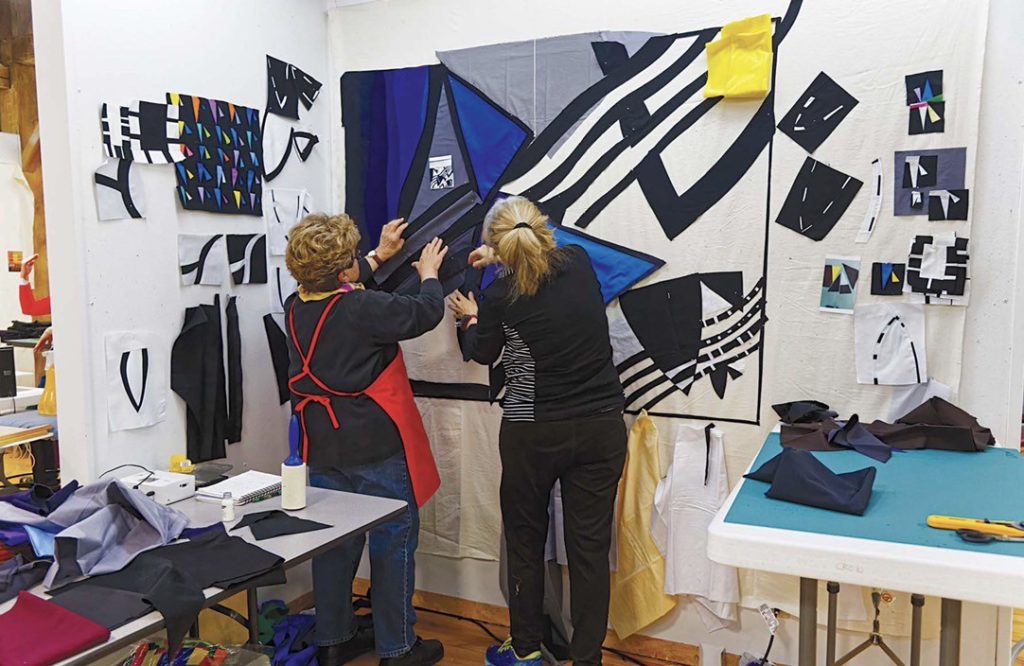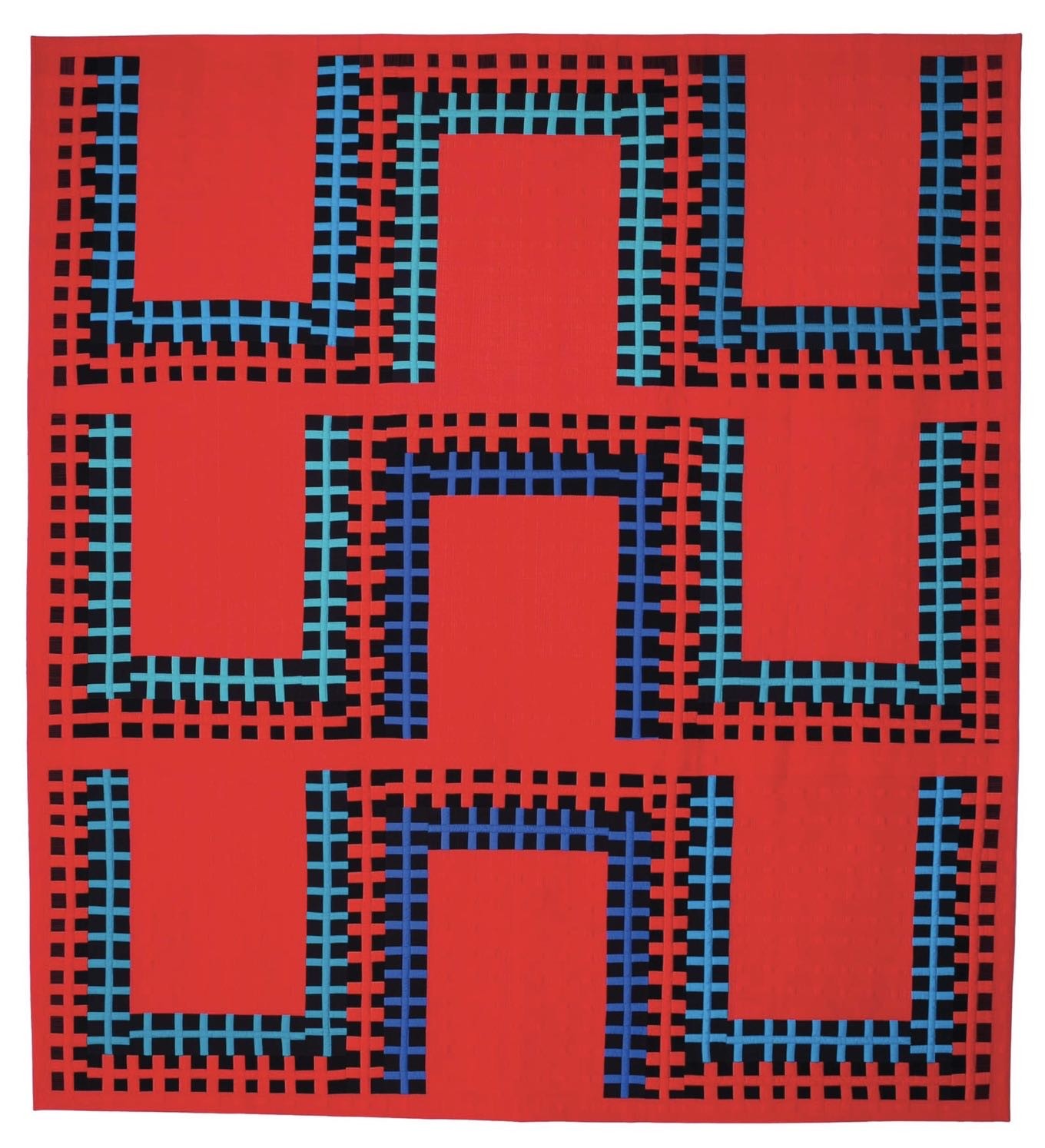Nancy Crow is an artist who was born in 1943 in the town of Loudonville, OH. With an education from the Ohio State University (BFA, MFA), she focused early on working on ceramics and weaving. She started working on quilts in the late 70s and early 80s. Her early quilting focused on the power of color and later refined her practice to work on more elaborate designs.
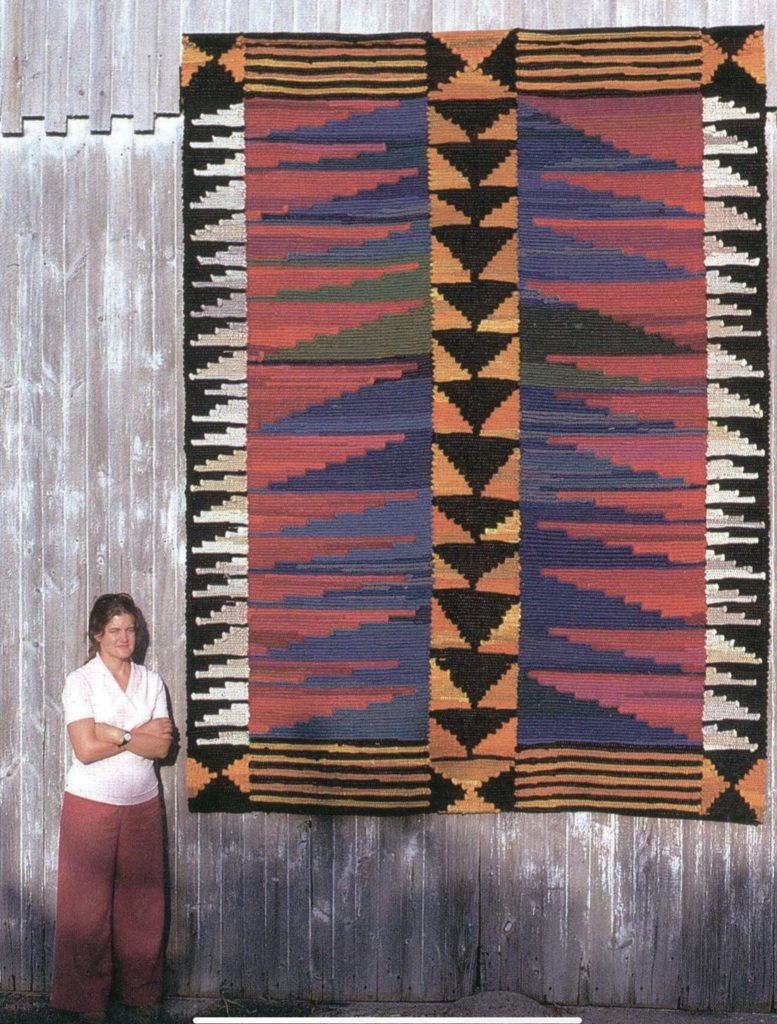
Approach to Quilting
Nancy Crow, over the course of her quilting career, has made over 300 quilts. When quilting, Crow tries to put away all of her thoughts and focus on the fabrics themselves to quilt beautiful and unique designs. She hand dyes her fabrics in her studio and visualizes the shapes in her head as she is putting them together. For Crow, making quilts is a very personal and introspective experience. Crow strives to make her quilts with the perspective that time is short and that she can achieve her goals through the creation of her artistic quilts.
Some of the techniques that she worked with early on included traditional patterns like the Log Cabin. She also did these with bright colors. Later, she worked with more varied designs lacking symmetry. Her cutting techniques, which involve strip cutting, allow her more improvisational approaches and fluidity in her quilting.
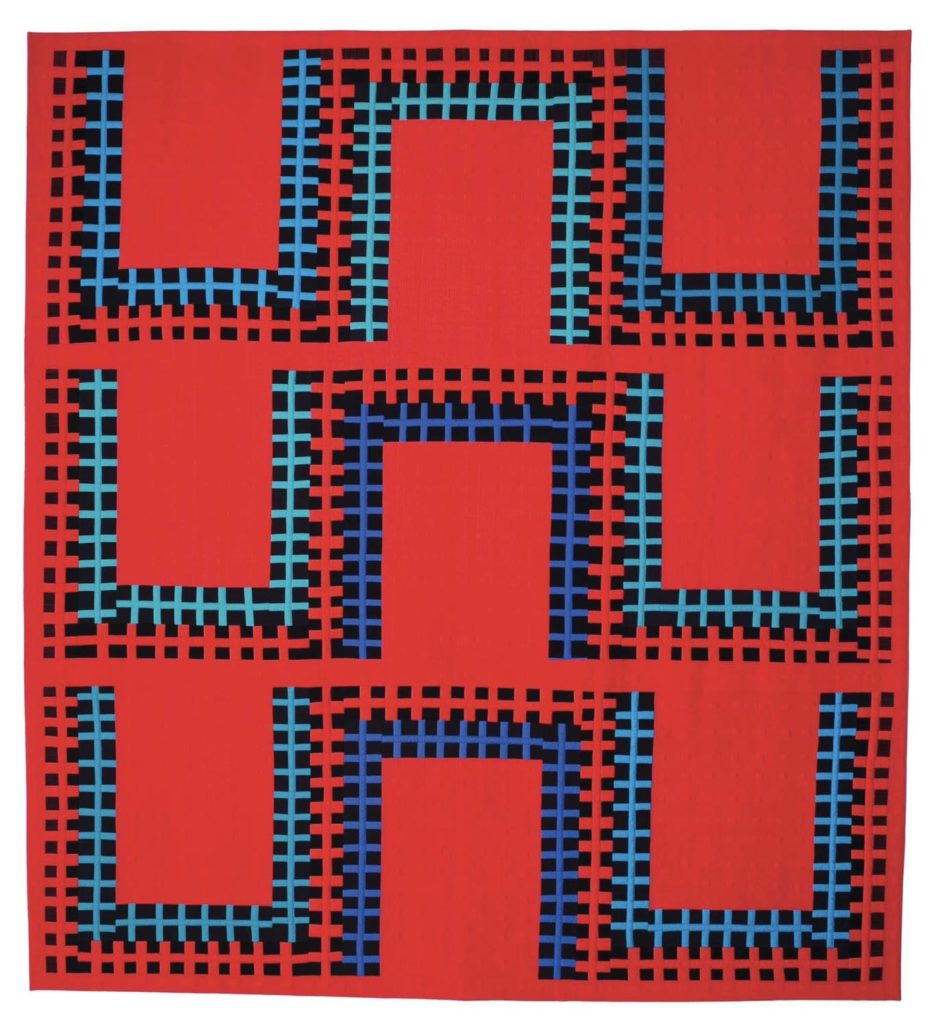
Nancy Crow’s Shapes and Colors
Short strips are a very important tenet of Nancy Crow’s quilts. She often hand cuts her strips in a fluid manner so that she can quickly. She then often will work with simple and compound geometric motifs to add more interest to her quilts. Simple motifs is a theme that is repeated throughout the quilt while compound motifs expand simple motifs to open up the spacing within the design of the quilt.
When it comes to colors, Nancy Crow’s quilts often have a unifying theme. These colors often help create proportion among the different motifs used throughout the quilt.
Nancy Crow’s Compositional Exercises In Quilting
Nancy Crow teaches some compositional exercises that can help quilters achieve more improvisational approaches to their quilting practice. Typically, configurations are an arrangement of connected lines and shapes that create a figure. Sometimes, students will pin these together on the wall and then learn how to piece these together to create a uniformed design from their improv work.
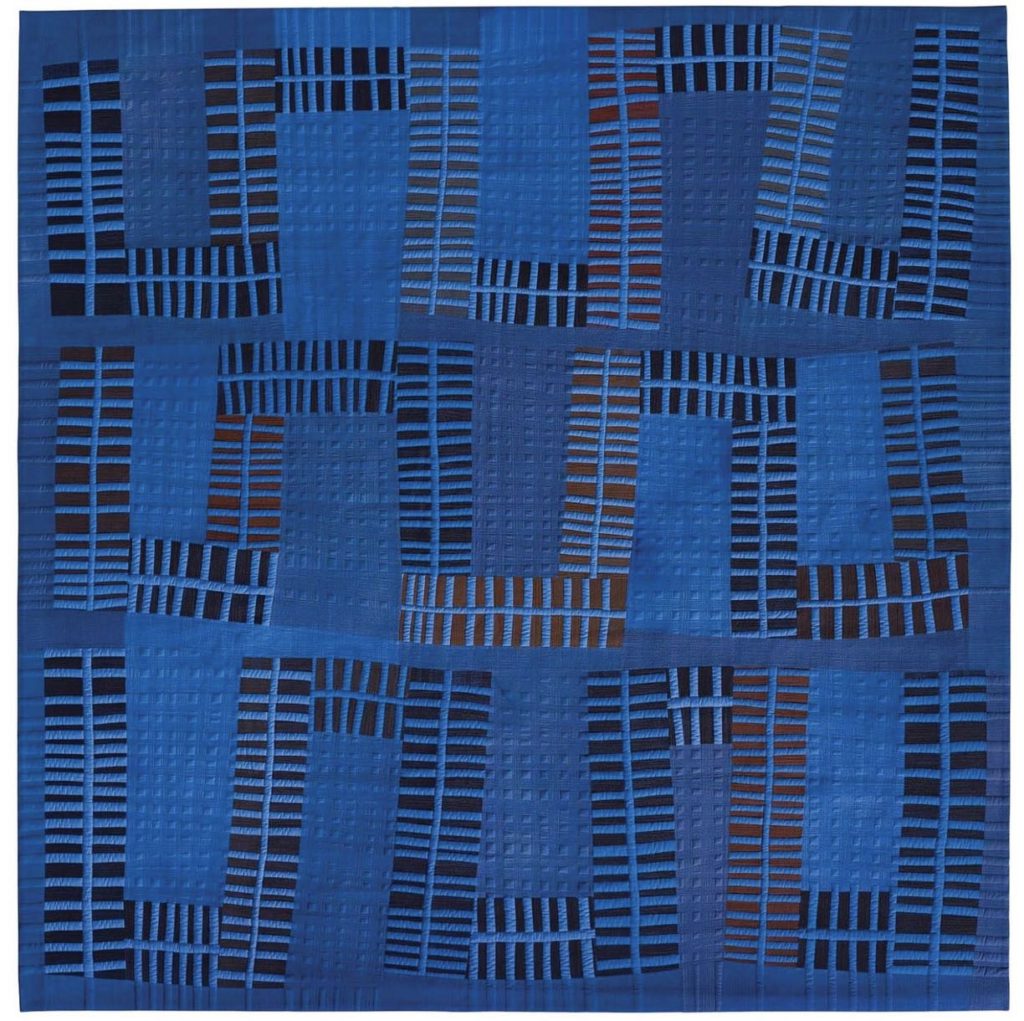
What Modern Quilters Can Learn From Nancy Crow
Nancy Crow’s quilts are an exercise in both texture, color, balance and shapes. Her combination of asymmetrical patterns and colors creates a unique balance in terms of the overall quilt. Her strips and motifs can help quilters structure their own unique shapes and designs in their own approach to quilting. Nancy Crow also has several different books and quilting workshops that can help quilters learn these techniques and incorporate them into their own approach to improvisational quilting.
